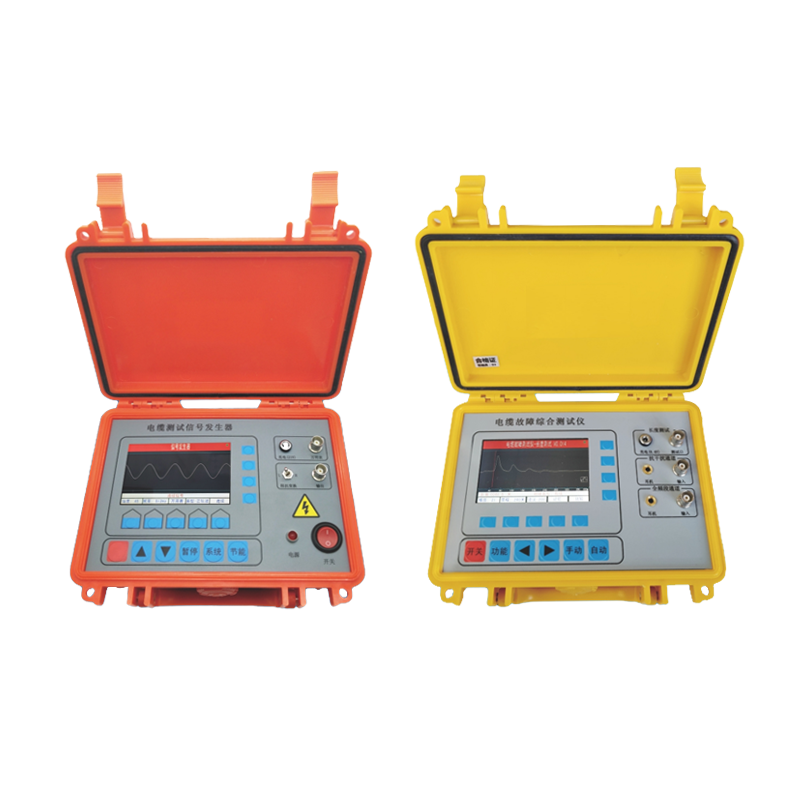1. Load monitoring
Monitoring cable load can help us understand the changes in cable load and analyze the way the cable works. Since overload can seriously damage the cable, the load on the cable should be measured and monitored regularly. Clip-on ammeters can be used to measure the load on cable lines. In order to avoid premature aging of cable insulation, the line voltage should not be very high – less than 15% of the rated voltage.
HV HIPOT GDTG-600S Multi-function Cable Fault Tester
2. Temperature monitoring
The operation of the cable is affected by the environment and heat dissipation. In addition, the temperature tends to be early in the failure. Therefore, it is necessary to monitor the cable temperature.
Use a cable fault test instrument to measure the temperature of cable sheathing, cable joints, and other components to prevent cable insulation from exceeding limits and extend cable life.
The best time to measure the cable temperature is in the summer or when the cable load is large, and the soil temperature should be measured when measuring the temperature of the direct burial cable. The distance between the place where the thermoelectric thermometer is installed and the cable should not be less than 3m.
It is recommended to use a cable fault tester to check and track new cable coolers; During maintenance, staff should be arranged to tighten the joint.
3. Cable corrosion usually refers to the corrosion of metal lead or aluminum sheathing. It can be divided into two categories: chemical corrosion and electrolytic corrosion.
The methods of preventing chemical corrosion are as follows:
(1) Collecting soil and conducting chemical analysis to determine the degree of corrosion of soil and groundwater;
(2) Take measures to change the line, upgrade the poor soil or put the cable into the corrosion-resistant pipe;
(3) If the cable is found to be corroded or chemical substances leak from the cable, it is recommended to dig the ground and check the cable, and carry out chemical analysis to determine the extent of damage;
(4) Regularly scatter corrosion resistant coatings on outdoor overhead cables.
The methods of resisting electrolytic corrosion include:
(1) Strengthening the insulation between the cable sheath and the nearby giant metal object;
(2) Installation of drainage equipment and cathode station;
(3) Install the cover tube.
4. Online monitoring
With the wide application of XLPE cable, its on-line monitoring technology has also been more and more applied in Japan and other foreign countries. Mainly from the voltage, current, local discharge and working temperature and other parameters to monitor the working condition of the main insulation and jacket; At present, the main methods used include ground line current method, DC component method, DC superposition method, low frequency superposition method, online monitoring method, cable temperature online monitoring method and water online monitoring method.
5. Fire prevention of cables and channels
Cable fire accidents caused by external fire sources or their own faults are characterized by violence, rapid spread, difficult rescue and heavy losses. Cable fires can occur for a variety of reasons, making it difficult to avoid them at all. In order to avoid heavy losses caused by cable fire accidents, on the one hand, cable fire hazards should be eliminated. On the other hand, great attention must be paid to effective countermeasures to prevent the spread of cable fires. Now, a common fire prevention method is to use fire-resistant materials to flame retardant, including fire-resistant coatings, fire-resistant materials and packaging materials
Post time: Apr-18-2024

